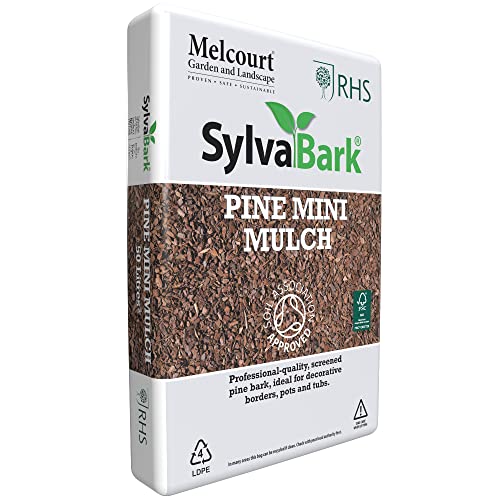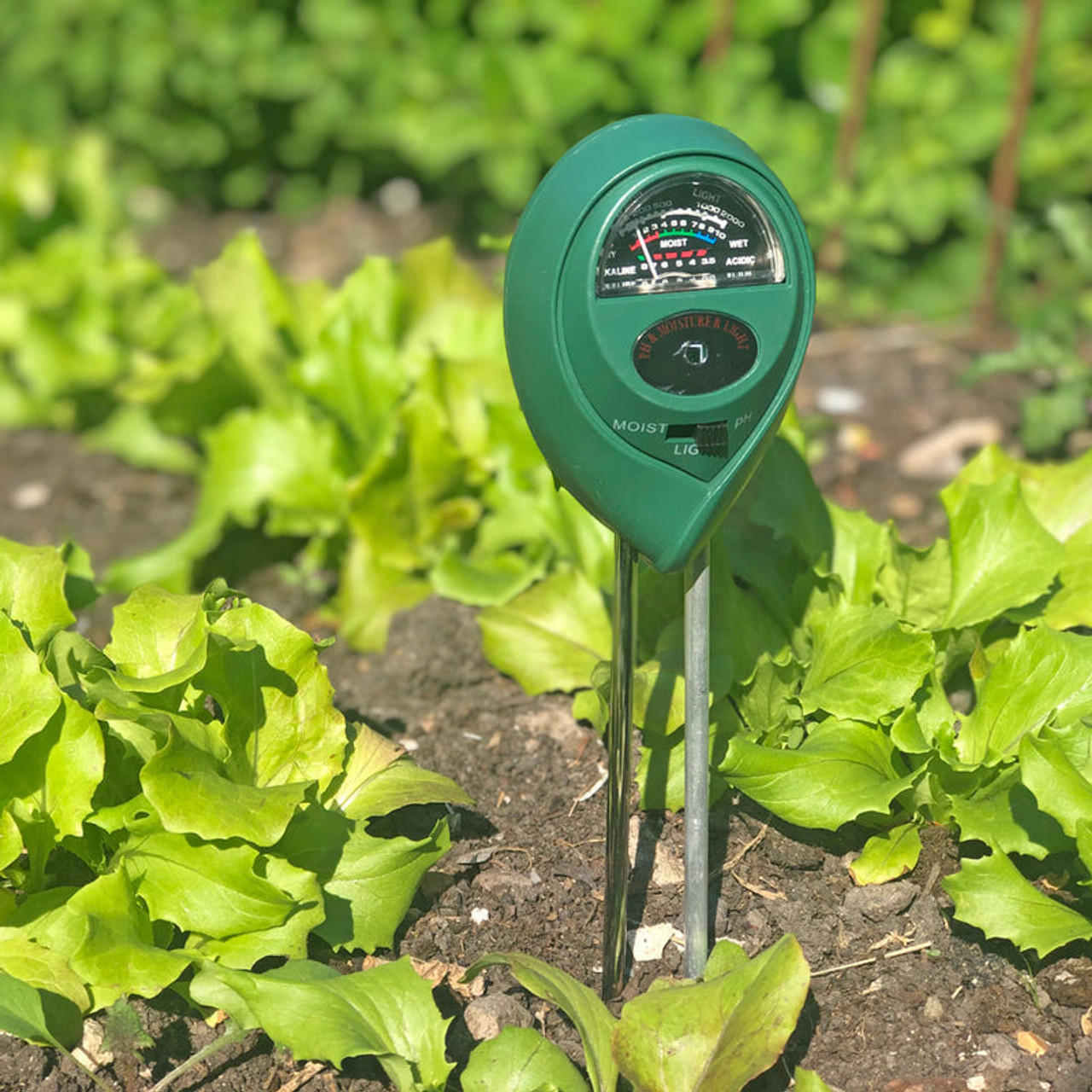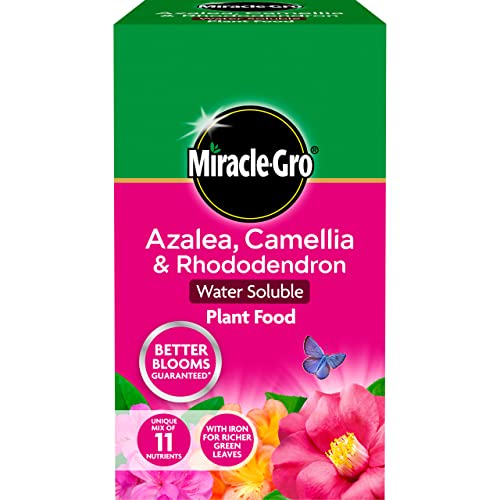3 reasons why your rhododendron isn’t flowering and what you can do to ensure beautiful, vibrant blooms
Rhododendrons produce gorgeous, showstopping flowers, and this is how to ensure them year on year
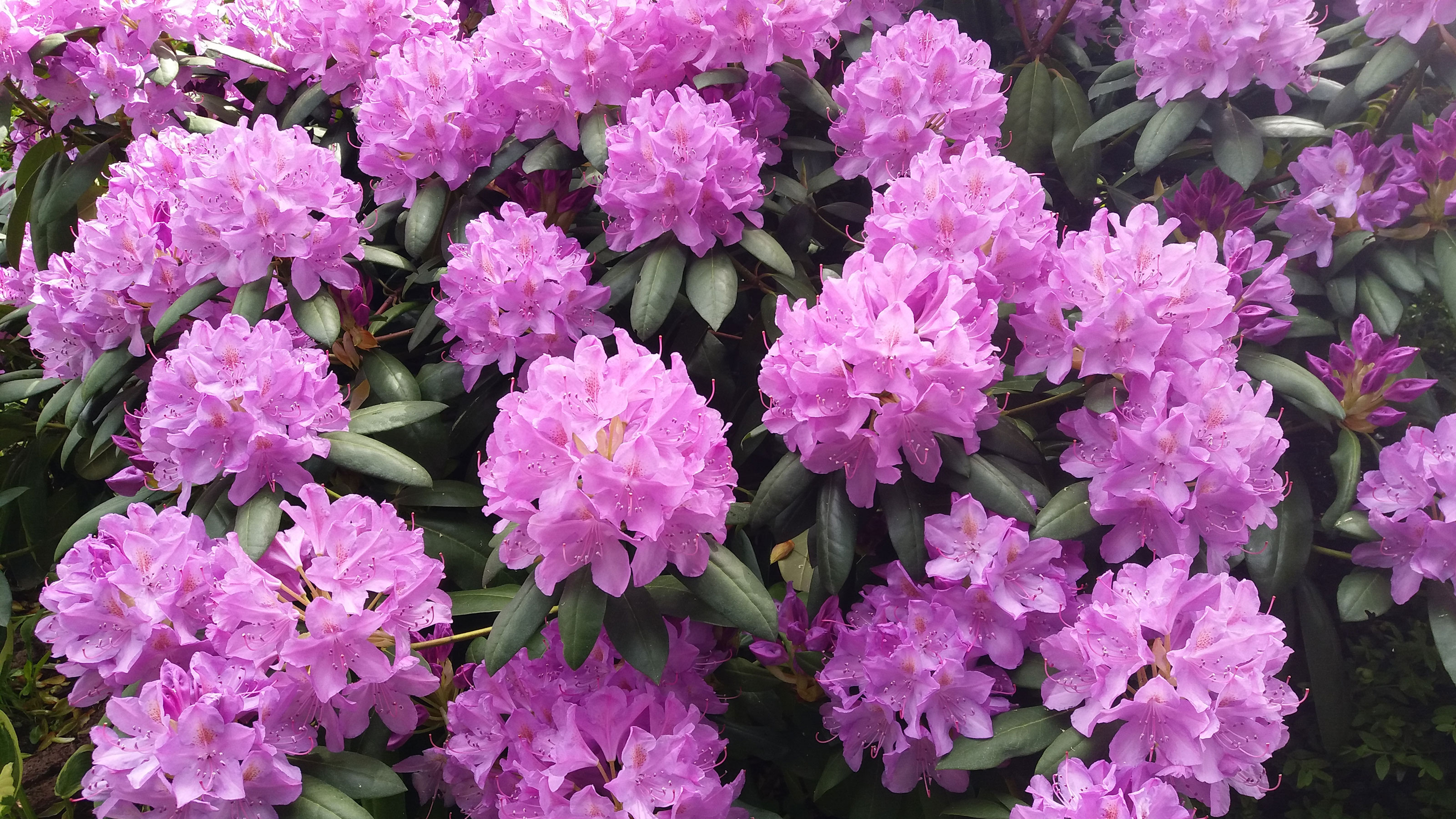

Rhododendrons are a popular plant for many gardens as they pack a punch with their bold and showy blooms. But that doesn't mean it can be a huge disappointment if they don’t flower. If you're struggling to get your rhododendron to flower, these are the 3 things garden experts say could be holding it back and what you can do to fix it.
With shades of reds, yellows, pinks, purples and even white, it’s easy to see why these spectacular flowers are one of the best flowering shrubs. Filling gardens with flowers from now until the end of summer, rhododendrons are generally considered easy to care for, provided you get the conditions right.
You need to know when to prune rhododendrons and all about deadheading rhododendrons to keep this shrub happy. But if you still haven’t seen any pretty flowers, these are the things to watch for and fix fast.
1. Too little sunlight

‘For the best results, rhododendrons should be grown in partial sun, as too much sun can burn the plant and too much shade can prevent it from having enough energy to bloom,’ explains Graham Smith MCIHort, gardening expert at LBS Horticulture.
If your rhododendron is not flowering, it could be because it is planted or positioned in too shady an area. Rhododendrons like dappled shade, not full shade, so if the area is too shady, you should consider moving them.
2. Incorrect soil acidity
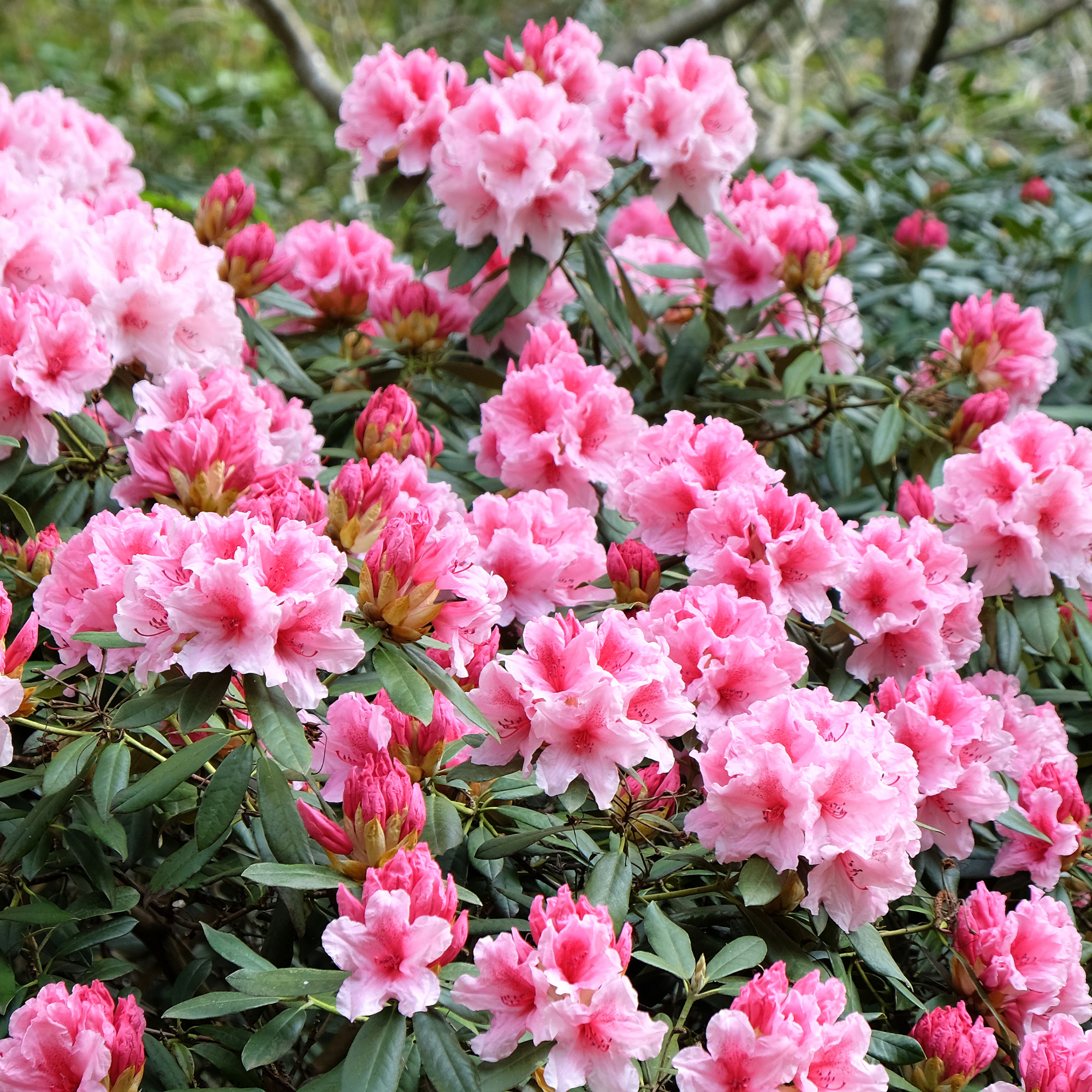
Another key thing to consider is your soil’s condition - rhododendrons prefer acidic soil conditions, with a pH between 4.5 and 5.5. You can test this with a pH and soil moisture metre, available from Sarah Raven.
‘Incorrect soil acidity can affect the plant's ability to absorb nutrients, which in turn affects its ability to bloom. You should also check if the soil that you are using contains enough nutrients like potassium, nitrogen and phosphorus, or consider providing the plant with a fertiliser,’ says Graham.
Sign up to our newsletter for style inspiration, real homes, project and garden advice and shopping know-how
‘Applying a mulch of pine needles or bark [try this one from Crocus] will also help maintain soil acidity and moisture levels. Feeding with a specialised fertiliser in early spring and after flowering can also promote stronger growth and better flowers,’ says Peter Mortin, Business Development Manager at Crane Garden Buildings.
3. Not enough water
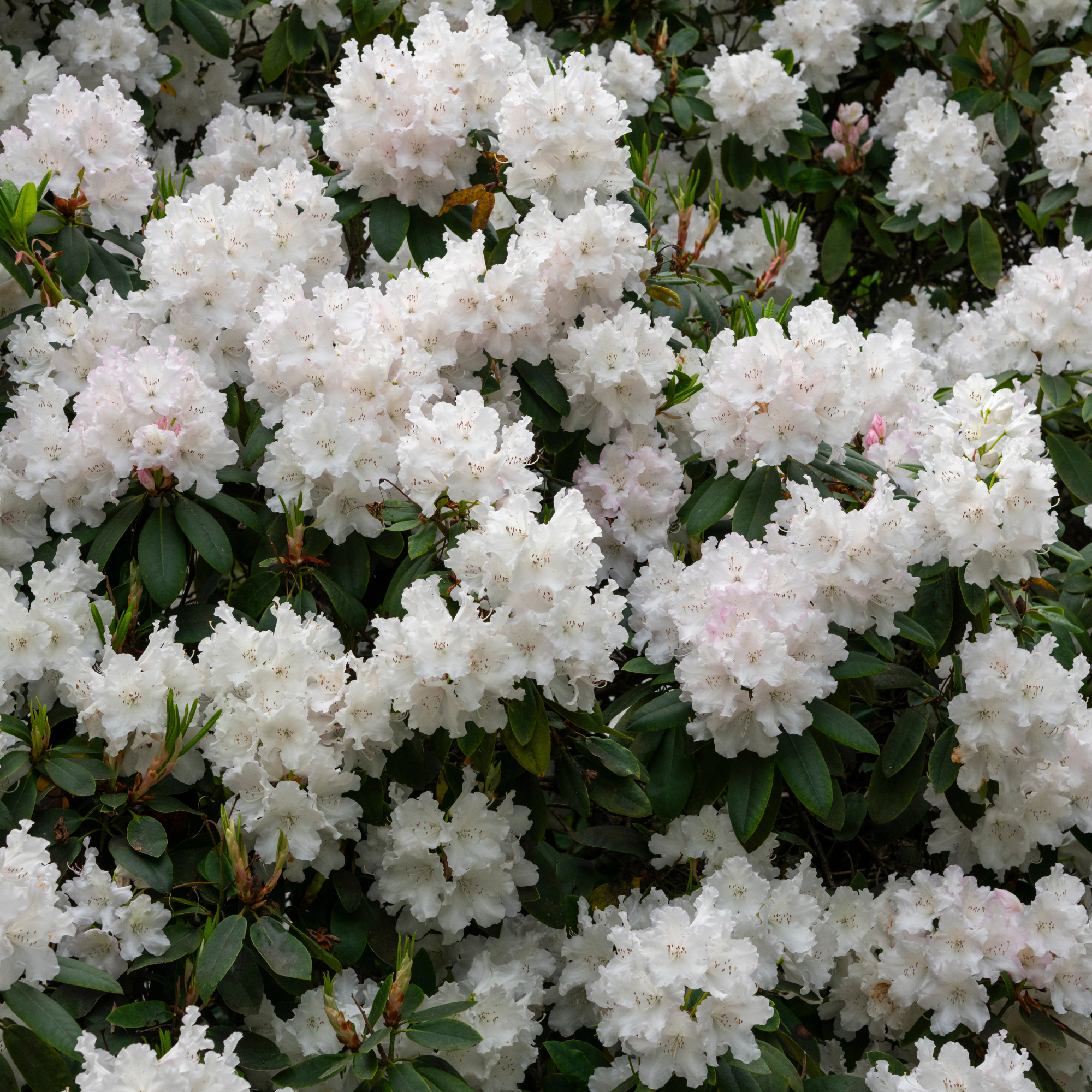
‘For bright and vibrant blooms, make sure your rhododendron is well watered during dry spells, especially in late summer when buds are forming,’ says Peter.
Rhododendrons prefer moist, well-draining soil in order to thrive, so you’ll want to make sure your plant watering schedule is perfect.
‘Overwatering can make the plant's roots rot, but the plant is not drought-tolerant either. It is best to water a rhododendron in the morning so that it has time during the day to absorb the water, and mulching around the base of the plant can help the soil to retain moisture,’ says Graham.
What you need
Checking these three factors can be key in ensuring gorgeous blooms. Do you know any other tips to help rhododendrons flourish?

Kezia Reynolds joined the Ideal Home team as News Writer in September 2024. After graduating from City, University of London in 2022 with a bachelor’s degree in journalism, Kezia kicked off her career spending two years working on women’s weekly magazines. She is always on the lookout for the latest home news, finding you the best deals and trends - so you don’t miss a thing!
You must confirm your public display name before commenting
Please logout and then login again, you will then be prompted to enter your display name.
